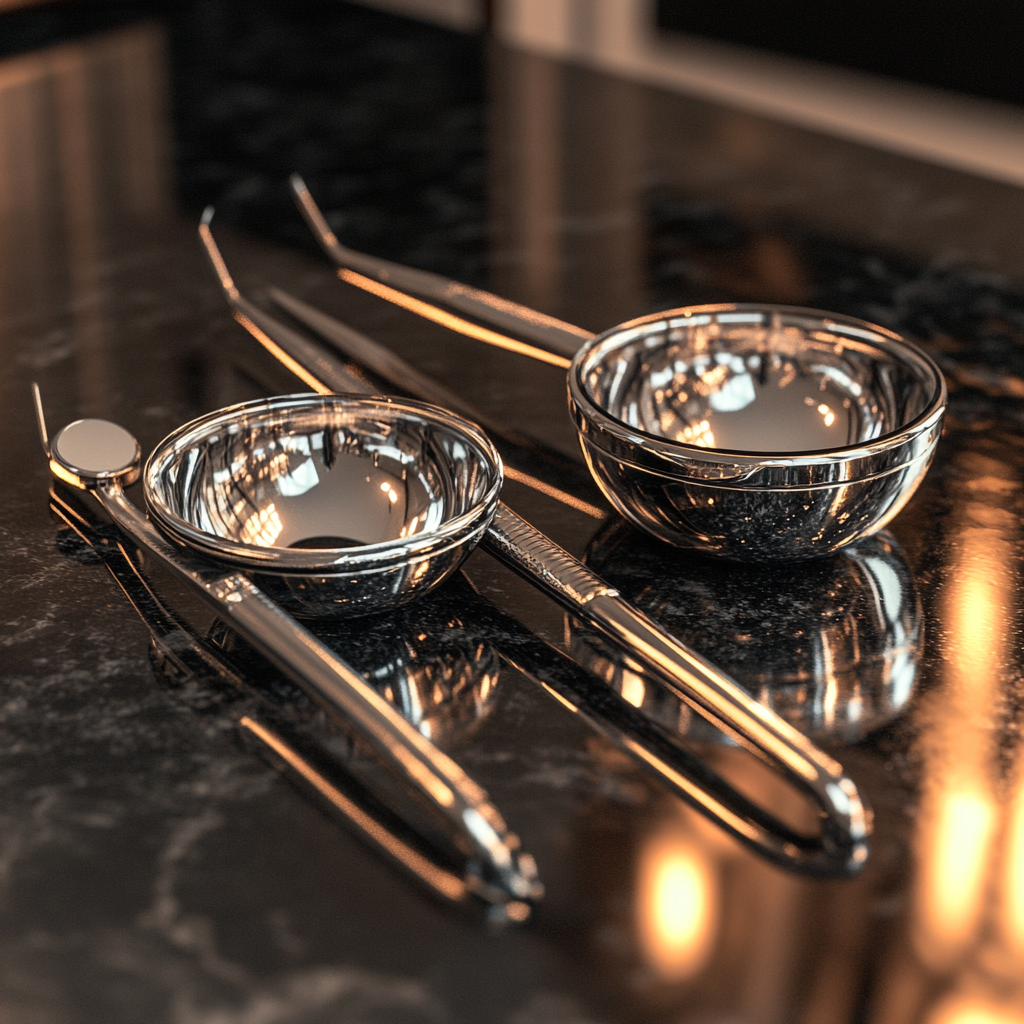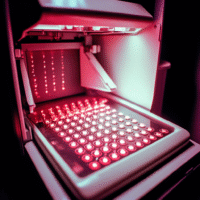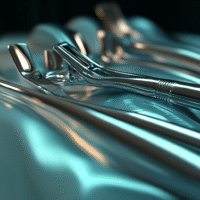Evaluation of Dentoalveolar Changes in Gummy Smile Subjects
Comparison of One vs Two Anterior Miniscrews for Maxillary Incisor Intrusion
Objective: To assess dentoalveolar changes after maxillary incisor intrusion with one or two anterior miniscrews in subjects with gummy smile and deep bite.
Materials and Methods: Forty-three subjects were divided into two groups: group I with one miniscrew between the upper central incisors, and group II with two miniscrews between the canines and lateral incisors. Cone-beam computed tomography scans were used to evaluate dentoalveolar parameters before and after intrusion.
Results: Group II showed significantly greater maxillary incisor intrusion compared to group I. No significant differences were found in incisor inclination, labial bone thickness, and buccal alveolar crest height between the two groups.
Conclusions: Maxillary incisor intrusion was notably greater in subjects treated with two miniscrews. Root resorption of the maxillary central incisors was higher in subjects with one miniscrew, while maxillary lateral incisor resorption was greater in subjects treated with two miniscrews.
PMID: 39230014 | DOI: 10.2319/121323-825.1
Clinical Trials and AI-Driven Solutions
Clinical trials are vital for developing safe and effective treatments. Our AI-driven platform, DocSym, consolidates ICD-11 standards, clinical protocols, and research into an easily accessible knowledge base for clinicians.
Streamlining Healthcare Operations with AI
In today’s healthcare environment, streamlining operations is crucial. Our mobile apps support scheduling, monitoring treatments, and telemedicine, making it easier to manage patient care and expand services digitally.
By using AI, clinics can enhance their workflows, improve patient outcomes, and reduce paper routine. Learn more about how we can help at aidevmd.com.



























